Almost all areas can be found fruit trees, most of them are pears and an apple tree. But sometimes there are and not quite ordinary, fruits that are easy to confuse with familiar apples and pears. Such interesting trees include quince, which is not only a tree, but also a decorative shrub.
The main features of this fruit culture is its unpretentiousness and very useful fruits. Especially spectacular quince looks in spring while flowering when all bushes are covered with pink, white or orange-red flowers.
Features and description of quince
Quince is a fruit tree or a small shrub whose generic belonging was constantly changing. There was a time when Quince ranged to one family with pears and apple trees, then they were divided, making sure they differ. At another time, the quince quince, Ivyu Japanese and Chinese began to attach to one family of quince. However, in 1822, the Japanese quince was defined in a separate genus Chaenomeles (Henomelaes), an ordinary quince - in the genus Cydonia, and Chinese quince in the 19th century is attributed to the genus Pseudocydonia. All of them have a lot of similar features, however, there are differences. And it was they who served the separation of all these fruit into several births. Although they have one name - Quince.
The birthplace of Wild Quince is the Caucasus, China, Northern Iran, the Western and South Coast of the Caspian Sea. But this fruit tree is cultivated not only in the hottest countries, but almost all over the globe, including Scotland and Norway. Quince is known for mankind for 4000 years and was first used in ancient Greece, where the fruit was considered healing. It was IIVA who was presented to Aphrodite as the goddess of beauty, during her dispute with other representatives to this title.
Description Quince (ordinary and Japanese):
- IIVA ordinary or oblong refers to the family of rustic, like a pear and an apple tree. Japanese quince belongs to the Henkesel family.
- Quince is a fruit tree or shrub. Depending on the type of height, it can reach from 60 cm in the lowest varieties of Japanese quince up to 5 meters by Quince.
- Refers to leaf fall trees or shrubs.
- The trunk of the tree and shrubs of the quince has a dark gray color, young breaks of brown color.
- Croon spread, the shrubs diameter can reach 5 meters.
- The feature of the growth of quince is an inclined trunk, which is why the young plant is to be taught.
- Ivais ordinary leaves of the oval oblong shape of all-wide, Quilted Japanese are always toothed. Quince leaves have dark green.
- The size of the leaves is also different. In ordinary quince, they reach 5-12 cm long, and the Japanese only 3 cm with very long hopes.
- Hayves ordinary flowers of white or pink color, single.
- Quince Japanese flowers are collected in inflorescences of 2-5 flowers that have bright red-orange color.
- Flowers Quince in May-June and flowering lasts about a month. At the same time, it is very decorative - the flowers cover the tree on top of the bottom.
- It is a seed culture, can multiply both vegetative and seeds.
- Fruits begin to ripen in September, there are different sizes. Quince Japanese, they are small - an average of 70 grams, the ordinary can reach one kilogram.
- Ripe fruits are small, used for conservation and other processing. Very helpful, as they contain a lot of vitamins.
The main types and varieties of quince
As noted above, Hayva ordinary refers to the monotypical family of the same name, and the Japanese Quince, the Chinese are attributed to completely different families. We will look at every kind and tell about the most popular varieties.
Iiva ordinary
This is a leaf fall tree or shrub, which in height can reach 5-7 meters. It has a splashing crown, the barrel in diameter has 50 cm. Lives such a tree up to 60 years, begins to be fruit for 3-4 years. It is particularly spectacular this type of quince looks during flowering when the whole crown is covered with white or pink single colors exacerbating a wonderful aroma. Flowers Iiva ordinary for three weeks, starting from May of the month. Fruits are quite large. If wild species are 5-7 cm in diameter, then cultural can grow up to 15 cm. The color of them is lemon-yellow, the taste is hard and tart. Usually used for cooking jams, jam.
Avyiv ordinary is divided into 2 forms that include 5 species:
- Quince decorative. This form includes two types of quince of quince: marble and pyramidal. Marble Quince has motley leaves that are covered with white and yellow spots. The pyramidal quince received its name due to the shape of the crown.
- Quince garden. This form of quince is grown in order to obtain a crop. We are divided by the type of fruit: pear-shaped, apple-prominent, Portuguese.
Sorts of quince of the ripening time are early, medium and late.
Early varieties of quince:
- Crimean fragrant - a yield variety with lemon juicy fruits with an acidic taste, the form of fruits of appo-shaped.
- Juicy - large fruits with sweet-sour-sour taste, high-yielding grade.
- The ratio is a technical grade and fresh fruit are not used.
Middle Sorts:
- Kuban - has the fruits of the average size of greenish-orange color, to taste sweet with small acids.
- Astrakhan - high-yielding grade with pear-like fruits.
Late varieties:
- Rounding Denmark - late grade, which matures in October-November, the fruits of the pear-shaped form of medium size.
- Zoventlinskaya is a Dagestan variety quince with a very large fruit weighing up to 800 grams that have a pleasant juicy taste.
Japonica
Quince Henomeles - a low-spirited leafy shrub, which is widely used not only for harvesting useful fruits, but also for decorating the site. It can grow up to 3 meters in height and up to 5 in diameter. Perfectly trimming, so Japanese quince can be grown as a living fence. Particularly beautiful Japanese quince looks in spring while flowering. Depending on the type and variety, flowers can have a different color: pink, saturated red, orange, white. Flowers are large enough, collected in inflorescences of 2-5 flowers. Care for quince Japanese is not much difficulty, it is unpretentious and frost-resistant. The following types are particularly popular in our territory:
- Quince is a great or excellent. This is a low bush that reaches a height of 1 meter. It is characterized by very large flowers, the color of which depends on a certain variety.
- Iiva Katanskaya. This species reaches a height of 3 meters, differs highly raised branches and large leaves. Flowers white or pink flowers.
- Quince Japanese Low (Maulei). Decorative low-speed quince. The height reaches only 0.5 meters, it can less often grow up to 1 meter. Flowers bright orange-red flowers.
- Japanese High Quince. This shrub reaches a height of 1.5-3 meters, which is densely covered with bright green leaves. Different with long flowering.
Reproduction of quince
Quince can multiply vegetative and seeds. As a vegetative reproduction of quince, it is possible to use the shilling, the division of the bush, vaccinations and reproduction.
Reproduction of seeds
The reproduction of quince seeds is one of the fastest ways, but when it is used, the plant may not keep maternal signs. Seeds are sown immediately after the ripening of fruits in the fall. However, you can sow and spring. At the same time, for several months it is necessary to expose seeds of stratification. To do this, place the seeds into a wet land and place the container in the refrigerator. In the spring you can start landing. All seedlings are very friendly and quickly developing. In May-June, they can be planted in an open ground.
Pencornia reproduction
For the planting material, mature shoots are used, which are trimmed in late autumn. The lower cut must be made bevelled and rooted such cuttings is needed in the greenhouse. If you are harvested with cuttings from young green shoots, then it is necessary to do it in June. The lower cut can be treated with a growth stimulator and fall into a mixture of peat and sand. The usual time to root the cuttings of 30-40 days, after that you can land them for a constant time.
Reproduction by chains
Retalization of quince horizontal and vertical chains is one of the easiest ways. For him, no certain skills need. With horizontal reproduction, the lower branches are flex to the ground and fit into the grooves, after which the Earth is sprinkled. With an arcuate method, the lower branches bend to the ground and at a distance of 70 cm rush to the ground. The tops should look up. By autumn, you can disconnect and disembark to grow.
Preparation of quince before landing
To get a beautiful and healthy tree, you need to carefully prepare. It is important to choose the place where the quince will be good fruit. And it is also necessary to prepare fertile soil for fast and constant growth.
Choosing a place
Quince is a unpretentious tree, however there are some landing nuances that should be performed. The homeland of this tree is the territory with a mild climate, so it is very demanding of heat and the sun. Be sure to select frost-resistant varieties. On your site, find the southern place that the sun will be opened most of the day. It is important that the selected plot is not blocked by strong winds.
The choice of place will also depend on the type of quince. Quince Japanese is perfect for creating live swelling or for the decor of your site. Ovyi ordinary trees can be used to produce harvest and shake together with other fruit trees.
Preparation of soil
It is not particularly demanding to the soils of Quince, it can perfectly grow on heavy soils, and on the lungs. However, you can get a plentiful harvest if you put a quince on loose and well-moisturized lands. For this, clay and driving soils with good drainage are suitable. When graveing \u200b\u200bquince on sandy land, you are unlikely to get a big harvest and the tree itself will not grow long in such conditions. Before planting, it is necessary to help the ground, adding organic fertilizers.
The process of landing quince
- At the selected place, it is necessary to prepare landing pits. If you plan to grow a live fence, be sure to leave there are no less than a meter between the pitches so that the plants of each other are not shaded.
- The landing of quince seedlings can be carried out in spring or autumn.
- Before the landing, mineral and organic fertilizers must be added to the soil. Then carefully disappear at the landing site and wear it well for the week.
- Next you need to dig the pits. The depth must be at least 40 cm, and the diameter is at least 60 cm.
- In the center of the pit it is necessary to knocked the peg for garter of a seedling, as the quince grows under the tilt. This support will be needed for several years.
- Then you need to lay the clay layer on the bottom.
- After that, we fall asleep a third of the pit of fertile land, which consists of leaf soil, peat and sand. Pre-soil mixture mix with wood ash and superphosphate.
- Insert a seedling in the pit, it is necessary to straighten the roots gently. Put the soil and slightly compact.
- Understand the seedling with water, at least 2 buckets per tree.
- Next, tie the seedling to the peg and pour mox. As a mulch, use peat or compost.
Quick care features
Watering
Quince does not require frequent and abundant irrigation. Special attention is paid to young plants. At the same time, the first watering is carried out before the start of flowering, the next early in early June. Three more irrigation must be carried out until September. With a lack of moisture, fruits can grind and be more rigid. However, the irrigation of trees must be finished until the end of August, to begin to form shoots.
Loosening and mulching
The fruit trees of quince require constant soil loosenings, as they do not stand the ardings. Purchase of loosenings need during vegetation, approximately 7-8 times. The depth of loosening should be no more than 8 cm. After loosening, it is necessary to be addicted to the mulch as an compost or peat.
Podchar
As feeding, you can use full mineral fertilizers and wood ashes, which are added to the water during irrigation. Such fertilizer is suitable for the invention. In the fall, you can add to the rolling circle. This will serve as a fertilizer for the winter.
Trimming
Pruning and forming the crown is an important step in caring for quince. The main trimming is carried out in spring before the formation of buds. It is a sanitary, thinning and rejuvenating. Dry and damaged from snow branches are removed. Old branches are thinned and rejuvenated. By 3-4 years, it is necessary to delete all the root shoots, and by 5 years, Krone is usually formed and needs only in sanitary trimming.
Fighting pests
Diseases:
- Moniliosis. A fungal disease that affects the fruits. Because of this disease, they are covered with spots and fall. To combat this disease, a burglar mixture is used, copper sulphate and various fungicides.
- Puffy dew. This disease amazes young shoots that are covered with a whitish bloom, which over time turns into a dense film. It becomes the cause of fading and drying the shoots, leaves and disintegration of the barriers. For struggle use fungicides.
- Rust. It is manifested by drowned outcrops on the upper side of the leaves, after which they fall ahead of time. For the struggle use double spraying by fungicides.
- Gray rot. Manifested by drowned spots on leaves and shoots. Special preparations are used to combat it: topaz, champion.
To prevent the appearance of diseases, it is necessary to carry out prophylactic spraying of trees borodovka mixture or copper with preparations.
Pests:
- Aphid. This pest is omnivorous and damages any plant. After the appearance of aphids on the tree, the leaves dries and shoots and a black flare appears on them. The failure is also a carrier of various diseases. To combat aphids, you can use soap solution and special insecticides.
- Apple fruit. Very voracious pest, appears immediately after flowering. To combat them, you can use special preparations of cytoxibatillin or lepiocyte.
Use quince
- Cooking. Quince fruits are used for cooking jam, jams. They are added as seasonings to dishes. Some quince varieties allow the use of fruit fresh or in the liver.
- Medicine. Quince contains a large amount of vitamins, so it is widely used in folk medicine for the treatment of the following diseases: sclerosis, liver disease and gastrointestinal tract.
- Landscaping design. Thanks to its decorative qualities, Quince is popular with landscape designers. It is used for a single landing, especially Japanese Quince, which has a short form. Also from Quince Japanese can be raised a live fence, and thanks to the spines, it will also be protective. During flowering, Quince will decorate any garden and plot, as it blooms with bright and large flowers that have red, orange and pink shades.
A similar apple tree looks like, Quince has unique features that make this tree bright and beautiful, as well as useful. Therefore, be sure to find the place on your site for this spectacular fruit tree.

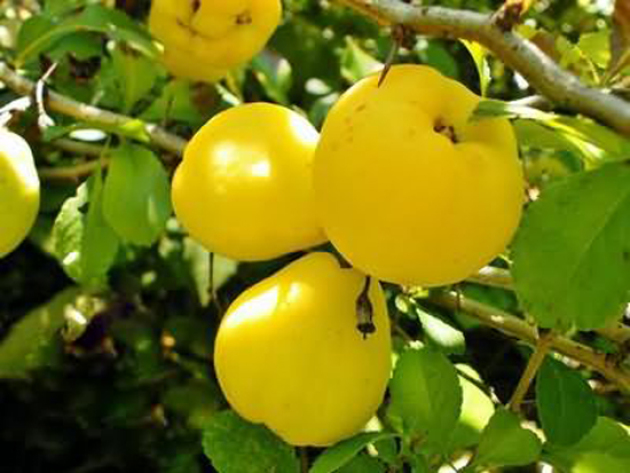
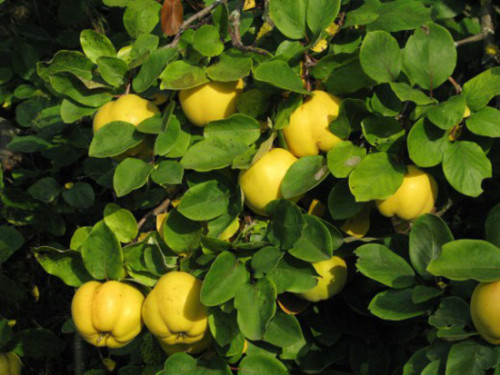
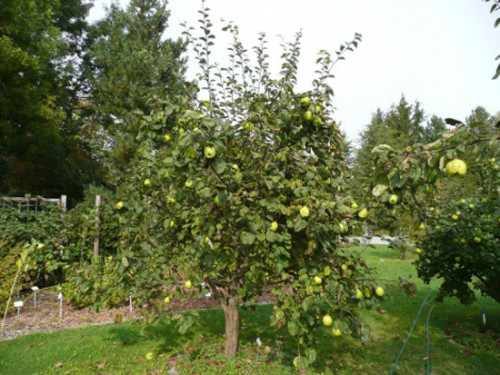
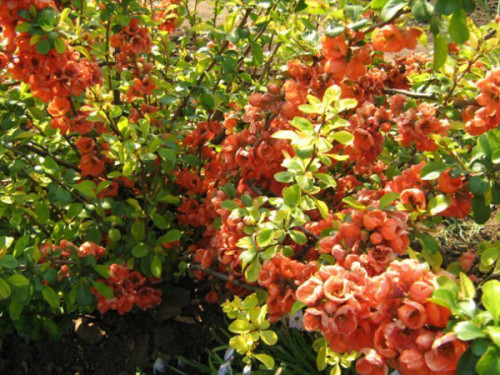

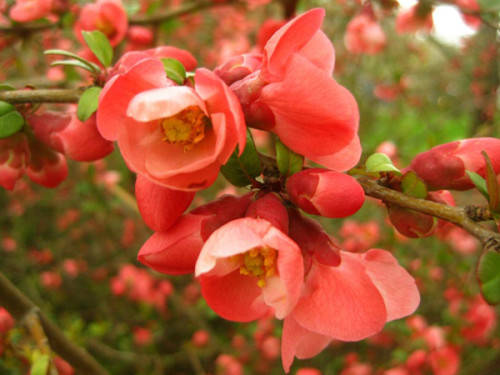
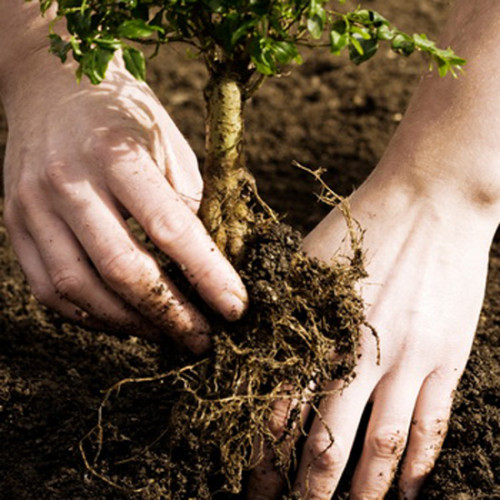
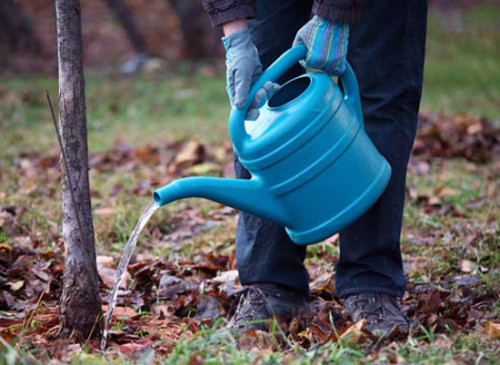
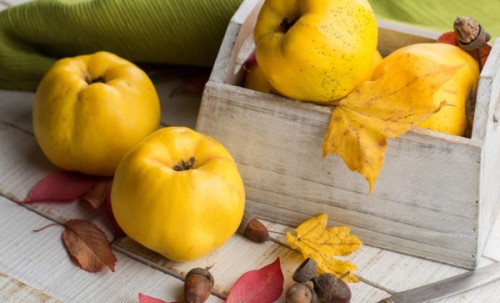












 Start a discussion ...
Start a discussion ...